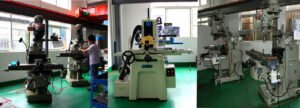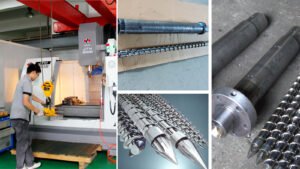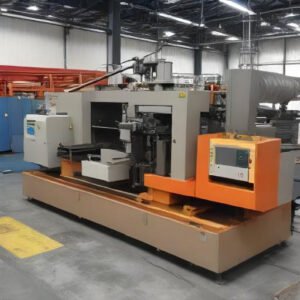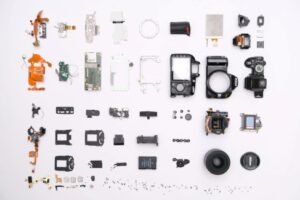Contents:
What Factors Affect Dimensional Accuracy in Plastic Parts
- Type Of Plastic Material
- Quality of Molding Tools
- Environmental Conditions
How to Increase Dimensional Accuracy in Plastic Parts - Why Mold Accuracy Is Important
- How Selecting Plastic Materials Helps
- Why New Technology Is Valuable In Precision Control Systems
- Why Implement Quality Assurance Measures
Conclusion
A flawless precision control system is essential in the manufacturing of plastic parts. It ensures that the end product is of high quality, is useful, and performs well.
Unfortunately, due to the complexities in plastic molding operations, many encounter a variety of issues that impede their manufacturing processes. Dimensional errors, in particular, are among the most common of these hurdles.

To overcome the challenges that dimensional inaccuracies bring, it is important to examine the different factors that can lead to dimensional errors in plastic parts.
What Factors Affect Dimensional Accuracy in Plastic Parts
Finding the variables that can impact the manufacturing process is a crucial step in attaining precision control in the production of plastic parts. These include the type of plastic material used and its properties, the quality of molding tools, and environmental conditions.
Type of Plastic Material
There is plastic everywhere. Your appliances at home, your smartphone and laptop, and even your car have plastic parts.

For instance, your microwave oven’s turntable or washing machine’s outer shell is typically made with thermoplastics, such as Acrylonitrile-butadiene-styrene (ABS), Polystyrene (PP), and Polypropylene (PP). Your Bluetooth earbuds and desktop keyboard (https://chkuixing.com/product/bluetooth-headset-plastic-injection-mold/), on the other hand, use thermoset plastics, such as polyethylene and polycarbonate. Meanwhile, your car’s side mirror shells and instrument cluster (https://chkuixing.com/product/automobile-parts/) make use of polypropylene.
However, these are not the same exact types of plastic. Plastics differ in a lot of ways, and each has its own unique properties.
When subject to temperature changes, plastics contract or expand at different rates. Some have better flow properties and fill the mold more uniformly. As they cool down, they shrink and harden to different degrees. Those that go through rapid cooling may exhibit warping or internal stress, while those subject to slow cooling may have a much better chance of reaching optimal characteristics.
By understanding these, you can determine which type of plastic is most suitable for achieving your intended dimensions.
Quality of Molding Tools
In the injection molding process, the quality of tooling can affect the dimensional accuracy of the plastic parts manufactured. It plays an important role in the precision, durability, and overall reliability of the product.
Through high-quality tooling, the molds (https://chkuixing.com/product-category/injection-mold-tools/) can be machined to the exact specifications. They are made to have a smooth and defect-free surface finish that allows for proper material flow and reduces friction during injection. They are guaranteed to meet the dimensional requirements and are 100% free of dimensional variations.
Environmental conditions
During manufacturing, plastics should be placed in an environment that has the right conditions to achieve precision control. Otherwise, inaccuracies will occur and result in a product that fails the quality assurance standards.
The melting, cooling, and ambient temperatures are critical to the behavior of the plastic materials. Inconsistencies in the melt temperature can alter the flow characteristics and final dimensions. An unstable cooling temperature can lead to warpages or shrinkages. Failure to maintain a stable ambient temperature, meanwhile, can affect dimensional stability, viscosity, and molding issues.
Humidity, airborne particles, and chemical exposure can have an impact too. Fluctuations in the material’s moisture content and mold condensation can influence melt viscosity and flow behavior. Dirt, dust, and other contaminants can stick to the mold surfaces and cause defects. Chemicals can degrade the materials and alter their properties, potentially leading to inaccuracies as well.
How to Increase Dimensional Accuracy in Plastic Parts
A reliable precision control system in the manufacturing of plastic parts requires an understanding of the factors involved. Because of how crucial its role is in product quality, figuring out ways to achieve it should be a top priority.
Why Mold Accuracy Is Important
Stabilizing mold dimensions is vital in achieving dimensional accuracy. In the manufacturing process, the usual culprits of dimensional errors are the warpage and the shrinkage rates. The bigger their values are, the worse the accuracy. Hence, they have to be minimized to improve dimensional accuracy.
To achieve this, utilize a high-quality injection machine that can deliver high precision and stable performance. There should also be tight control over the different processing parameters, such as melt temperature, injection speed, packing pressure, and cooling time. By maintaining a consistent processing environment, variations in mold dimensions can be reduced and allow for a highly accurate mold.

How Selecting the Suitable Plastic Material Helps
Being knowledgeable of the properties of the different types of plastics helps in improving the dimensional accuracy of the end product.
Because plastics possess varying degrees of shrinkage rates, choosing one that matches your requirements is paramount. In this case, plastic materials with minimal shrinkage will work the best. Manufacturers can reduce the risk of dealing with plastic parts that have a tendency to deviate from the intended dimensions.
Also, certain plastics have higher sensitivities to temperatures, injection speeds, cooling times, and other parameters. Going with materials that display lower sensitivities to these fluctuating parameters is more likely to get you your desired dimension. It also allows for smoother control during the manufacturing process.
Why New Technology Is Valuable In Precision Control Systems
Adapting modern technologies is essential too. Nowadays, there are several to choose from. There are computer-aided design (CAD) software, mold flow analysis tools, and simulation software programs that assist in optimizing mold designs. They are useful in pointing out potential problems in the early stages of the process and enhancing precision control systems.
Furthermore, these advanced technologies promote faster and more efficient predictive analysis. Engineers can use them to determine how material properties, mold design, procedure parameters, and other factors will impact dimensional accuracy. Through simulations, they can come up with the best strategies to achieve the goal and formulate approaches for continuous improvement over time.
Why Implement Quality Assurance Measures
Deviations from the specified dimensions may occur at any point in the manufacturing process. For this reason, there has to be quality assurance measures in place. It not only helps identify the problem early, but it also allows for making the necessary adjustments on time.
To make that happen, frequent inspections and measurements and regular calibration of measurement tools and equipment are a must. Analyzing the manufacturing process is also a critical step as it helps pinpoint the cause of errors and verify which raw materials have reliable quality and properties.
Then, all data collected can be used to fine-tune the temperature, pressure, cooling rate, and other parameters to reduce variations.
Conclusion
Dimensional accuracy is a hallmark of high quality in plastic parts manufacturing. For industries to achieve new levels of precision in their products, they have to execute the right strategies and technologies. They have to know how to optimize molds, select the right materials and tools, implement every step properly through the use of the latest technological innovations in precision control systems, and perform regular quality assurance. If all of these are done, they can improve dimensional accuracy and refine their manufacturing processes.
External links:
